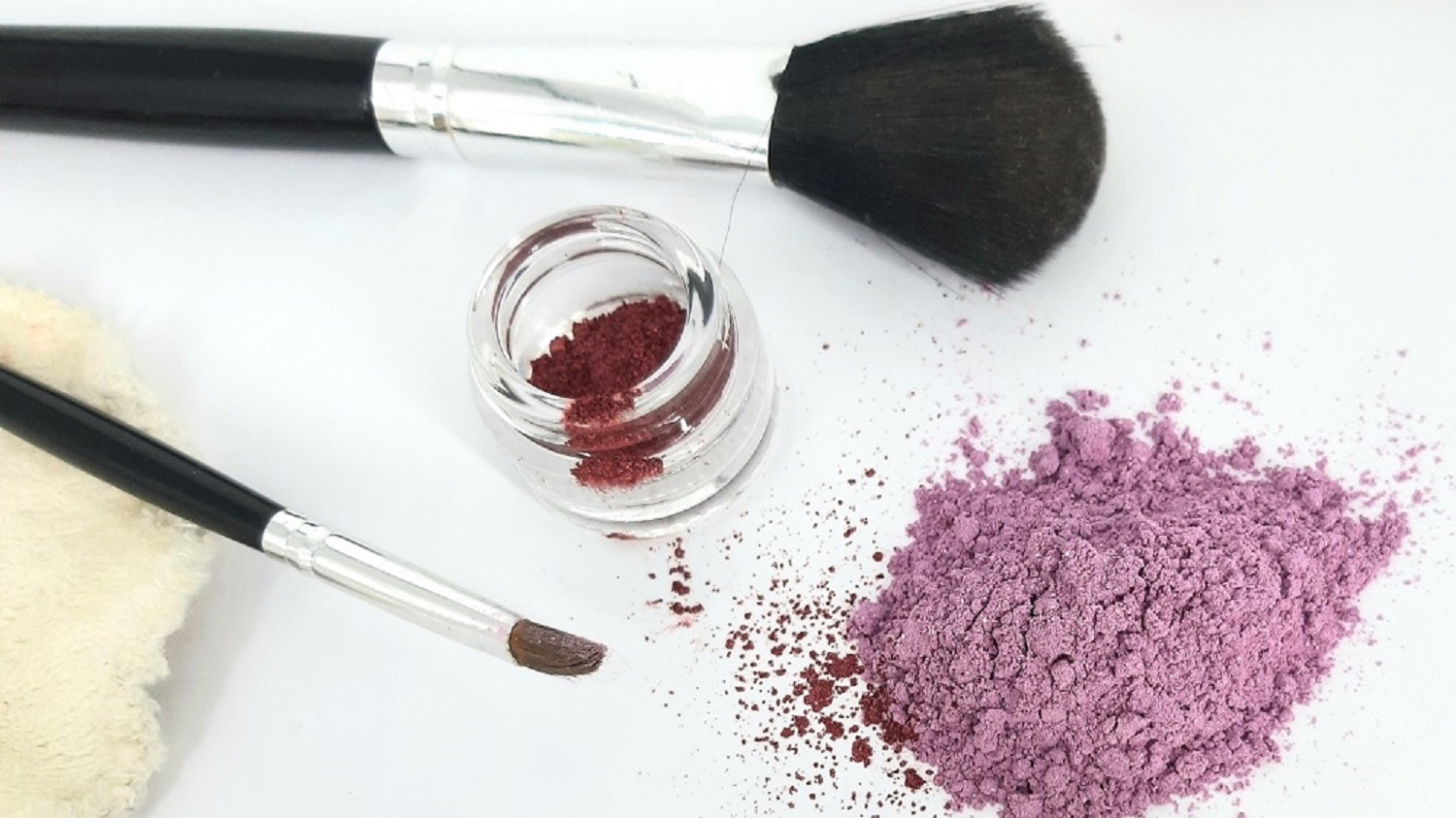Makeup has for some long been an essential tool for self-expression and enhancement. While store-bought cosmetics offer a wide range of options, have you ever considered creating your own makeup? DIY makeup allows you to experiment, customise and tailor your products to suit your unique style and preferences. In this blog, we will delve into the fascinating world of DIY makeup, exploring various techniques, ingredients, and tips.
Not to make this blog too long as a book, I have gathered just a few recipes for all parts of the face for prepping the skin, your base, the eyes, lips and for your finish. So basically, you could say I got you COVERED 😊
Remember, when diving into the world of DIY makeup, it’s essential to prioritise safety, research ingredients, and test formulations so it is suitable for you. Always before trying the finished product do a patch test on your lower softer side of the arm, this way you’re making sure it doesn’t irritate your skin or cause any unwanted reactions. Because in the end we are all different and have different sensitivities.

What You Need to Know About Storing Homemade Makeup
The shelf life of homemade makeup made from natural ingredients can vary depending on several factors. It is essential to start with fresh, uncontaminated ingredients. The shelf life of the individual ingredients you use can also vary. For example, mineral powders (e.g., arrowroot, kaolin clay, cinnamon, or cocoa) can have a longer shelf life. If you incorporate liquid ingredients, such as oils or essential oils, the shelf life might be shorter.
When choosing a container, use airtight containers, especially for powders, to prevent moisture and air from degrading the ingredients. Store them in a cool, dry place away from direct sunlight, unless otherwise specified, for an extended shelf life. Prevent contamination by using clean brushes or applicators when applying the product. Always rely on your senses to detect any changes over time. You may notice changes in the scent, colour, or texture of your homemade makeup. Any changes can indicate that the product is no longer suitable for use. Homemade makeup usually does not contain preservatives, that is why you can use natural preservatives like vitamin E oil or certain essential oils (lavender, tea tree, rosemary, thyme, peppermint and eucalyptus oil) to inhibit microbial growth.
If stored properly and made with fresh ingredients, homemade makeup can last anywhere from weeks to months. However, it’s important to use your judgement and sensory cues to determine when it’s time to replace or discontinue using the product.
For a better understanding of the used measurements in the following recipes, here are their meanings:
- tbsp is tablespoon
- tsp is teaspoon
- mL is millilitre
- L is litre
So, go ahead, have fun and let your imagination run wild as you embark on this exciting journey of DIY makeup!
Part I. – DIY face makeup recipes
Part II. – DIY eye makeup recipes


0 Comments